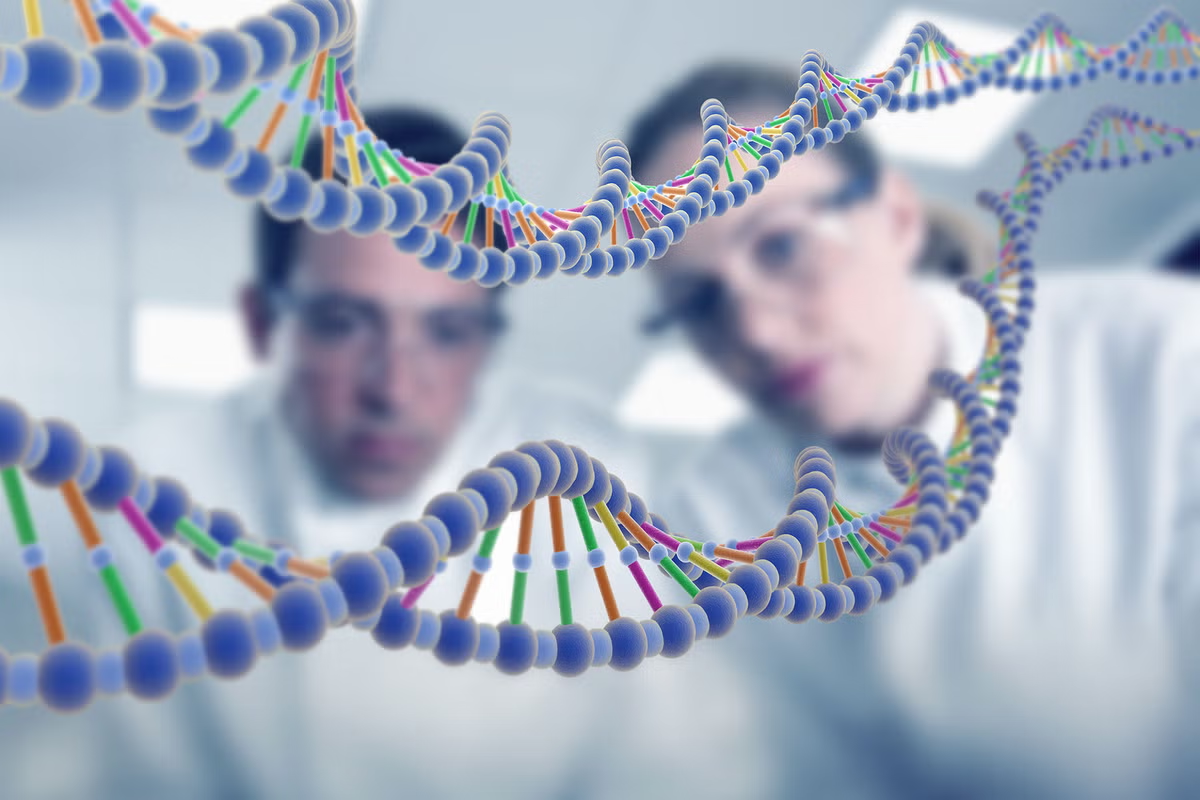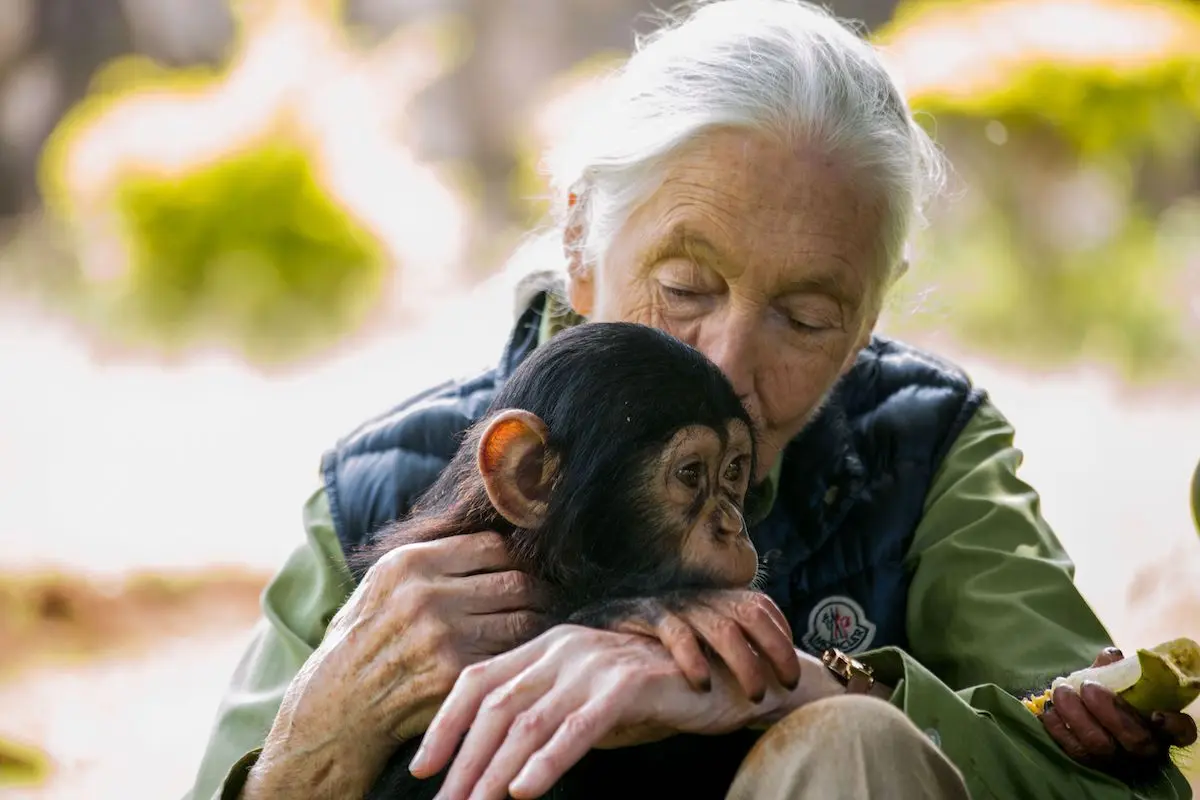For a long time, it has been said that humans share almost all of their DNA with chimpanzees. This idea, present in books, documentaries and lectures, reinforced the belief that we are almost identical to them.
However, more recent research shows that this figure is not so accurate and that the genetic relationship between the two species is much more complex. New studies point to significant differences in regions of the genome that were previously ignored.
Real differences in human and chimpanzee DNA: this is what the experts say
The famous statistic of 98.8% genetic similarity between Homo sapiens and Pan troglodytes comes from initial studies that focused on comparing DNA segments where the sequences matched relatively easily.
In these segments, it was found that only one in every hundred nucleotides was different, which justified the claim of almost absolute similarity. But this method left out an important part of the story: the most difficult regions of the genome to read and align.
According to researcher Tomás Marques-Bonet of the Institute of Evolutionary Biology (CSIC/UPF), in statements reported by Live Science, these areas without direct equivalence represent between 15% and 20% of the genetic material.
When these are included, the difference between the two species could rise to between 5% and 10%, and could be even greater if areas still unexplored due to technological limitations are taken into account.
A study published in 2025 went a step further and calculated that the disparity would be approximately 15% when genomes are analysed in their entirety. This radically changes the traditional perception of how close we are to chimpanzees.

The role of non-coding DNA in human evolution
The review of this data not only debunks a myth, but also highlights a key aspect of biology: not everything can be explained by the genes that produce proteins.
In fact, around 98% of our genome is made up of non-coding DNA, i.e. segments that do not directly build proteins.
These regions act as genetic switches that regulate how proteins common to both species are used. David Haussler, scientific director of the UC Santa Cruz Genomics Institute, points out that a minimal change in these areas can drastically alter DNA expression.
It is this difference in the ‘score’ of the genome that gives rise to notable variations in visible traits such as size, morphology, and behaviour.
Why we do not share 99% of our DNA with chimpanzees
The idea that humans and chimpanzees are genetically almost identical has turned out to be an oversimplification.
Current research shows that our evolutionary distance is greater and that the differences lie not so much in the “parts list” of the organism, but in how its functioning is organised and regulated.
In short, although we share a common ancestor and significant biological similarity, human uniqueness cannot be explained by a simple percentage. The finding raises new questions about evolution and confirms that the genome still holds many secrets to be deciphered.




